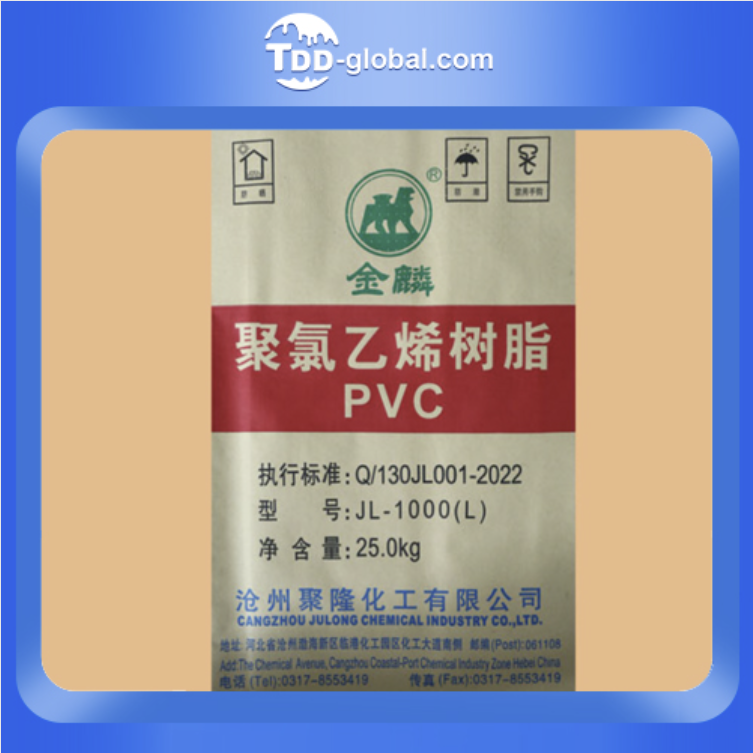Offshore photovoltaic, as a new way of utilizing marine energy and developing photovoltaic resources, has attracted widespread attention in recent years. In September this year, according to CCTV news reports, China's first set of wave-resistant floating photovoltaic independently developed by China Huaneng Group was successfully launched into the sea, taking a key step for the large-scale development of far-reaching offshore photovoltaic.
As an extension of land and water photovoltaic, some companies began to study offshore photovoltaic as early as 2021, but special products did not show a "blowout" trend until last year. Among them, module factories including Jing'ao Technology (002459.SZ), Trina Solar, Chint Xinneng, Quanwei Technology (300716.SZ), Huasheng New Energy and other components have launched products for offshore photovoltaic.
According to agency statistics, the number of offshore photovoltaic projects currently pending or under construction has reached about 30GW. Thanks to the tilted support of national policies and the active promotion of local governments, the offshore photovoltaic industry is experiencing a new round of rapid development. However, many technical and ecological red lines and other constraints are still the main challenges for the promotion of offshore photovoltaic at this stage.
Wang Le, head of Trina Solar's Battery Module Technology Engineering Center, said that offshore photovoltaics are characterized by "three highs and two strengths". High temperatures, high humidity, high salt fog, strong winds and strong waves have high requirements on components and systems. With the promotion and application of technologies such as double-layer coating, the rational and orderly development of offshore wind power, and the promotion of the development and utilization of distributed new energy, offshore photovoltaic is expected to become China's goal of achieving energy conservation and carbon reduction and steadily achieving "carbon neutrality". An important force in the goal.
Reliability is further verified
The important background for the development of offshore photovoltaic is the increasing scarcity of land resources on land that can be used to build large-scale power stations. Wang Le said that most of China's major electricity-consuming provinces are located in coastal areas, which provides a geographical advantage for offshore photovoltaic; at the same time, offshore photovoltaic has less blocking and a broad sea surface, which can continue to generate electricity. Moreover, there are fewer clouds on the sea, which is conducive to increasing power generation.
However, compared with terrestrial photovoltaics, offshore photovoltaics need to extend the optimal service life, reduce the operation and maintenance costs of power station systems and customers in the later period, etc., and also face salt spray corrosion, erosion of marine parasites and bird droppings, and penetration of environmental water vapor. problem.
In order to solve the difficulties and pain points in maritime scenarios, the industry has made many years of technical attempts. Zou Wankang, chairman of Wuxi Benkang High-tech Materials Co., Ltd., said that offshore photovoltaics face extremely harsh natural environments, such as high temperatures, high humidity, high salt fog, temperature fluctuations and alternating dry and wet. As early as 2017, the company cooperated with Trina Solar to develop dual-layer coating technology to prevent water vapor from corroding glass.
Due to the increased cost of switching from single-layer coating to double-layer coating, and its technical advantages and potential benefits were unclear at the time, the technology was initially not optimistic. At that time, the single-layer coating production line was running well and the factory length was limited. The introduction of double-layer coating meant that the production line needed to be renovated. During the development process, the glass factory was obviously resistant.
However, by the end of 2018, Trina Solar had successfully introduced its double-layer coating technology to the market. In the following year, the technology was widely used. By 2019, by increasing the power of photovoltaic modules and significantly enhancing corrosion resistance, new glass production lines have begun to consider and incorporate double-layer coating technology.
At present, double-layer coating technology has become the "standard" of photovoltaic glass. In offshore photovoltaic scenarios, the application of double-layer coating and sealed junction boxes and other accessories has greatly improved the water resistance and erosion resistance performance. According to a set of empirical data from Yinchuan outdoor base provided by Zou Wankang, the attenuation rate of double-layer coating is much lower than that of single-layer coating modules, resulting in a significant increase in power generation: an increase of 0.85% in the first year, an increase of 1.06% in the second year, an increase of 1.1% in the third year, an increase of 1.5% in the fourth year, and an increase of 1.99% in the fifth year.
In order to ensure the stable operation of photovoltaic power stations, in terms of structural design, the junction boxes and connectors of offshore photovoltaic modules are designed with high sealing to improve water resistance, and a high corrosion resistant frame is used to ensure the stable operation of photovoltaic power stations. For floating offshore photovoltaics, cables have been immersed in seawater for a long time. Trina Solar has cooperated with industry partners to complete the development and testing of waterproof cables and obtained the industry's first offshore photovoltaic waterproof cable 2PFG2962 joint certification.
Offshore photovoltaic modules are available one after another
At present, offshore photovoltaic is mainly pile-based, but from a long-term economic perspective, floating photovoltaic is expected to be the main form of offshore photovoltaic application in the future. According to the "White Paper on Offshore Photovoltaic Modules" released by Trina Solar, more than 60 countries around the world are actively promoting the construction of offshore floating photovoltaic power stations, of which more than 35 countries have 350 floating photovoltaic power stations.
Among the existing planned projects in China, offshore photovoltaics to be built/under construction are mainly concentrated in coastal provinces such as Shandong, Jiangsu, Zhejiang, and Fujian. For example, Shandong Province proposed the layout of two 10 million-kilowatt offshore photovoltaic bases "Rim of Bohai" and "Along the Yellow Sea", with a total scale of more than 42 million kilowatts; In August this year, Shanghai released the "Shanghai City's" Scenery and Scenery "Offshore Photovoltaic Development and Construction Plan. It is proposed to launch the first round of competitive allocation of offshore photovoltaic projects in 2024, with a scale of no less than 1 million kilowatts.
Driven by market demand, dedicated offshore photovoltaic modules have been frequently unveiled in the past two years. Trina Solar provides module solutions for both floating and pile-mounted systems; at the beginning of this year, Jingao Technology launched offshore photovoltaic modules. In addition to battery technology, n-type is adopted. In order to meet the challenges of the marine environment, this series of products also has the characteristics of salt fog resistance, ultraviolet resistance, moisture resistance and heat spot resistance.
According to Jing'ao Technology's previous reply on the interactive platform, its products have been used in offshore photovoltaic projects in Shandong, Anhui and Guangdong. The company will continue to optimize product performance, improve product adaptability and stability in the marine environment, expand more application scenarios and regions, provide customers with better and more efficient offshore photovoltaic solutions, and assist energy transformation.
Quanwei Technology launched the "Orca XII" series of high-efficiency heterojunctions in April this year. Its application scenarios are mainly in the offshore photovoltaic field. It has been tested and certified by Nande and has a maximum power of up to 742.7W. According to people from the company, the two technologies developed by Quanwei Technology,"dual cycle self-cleaning anti-corrosion glass" and "zero water permeability special process", improve reliability and reduce customer operation and maintenance costs.
Wang Le mentioned during the exchange that offshore photovoltaics face operation and maintenance problems, especially cleaning and the acquisition of fresh water resources. He pointed out that there is currently a lack of in-depth research on offshore operation and maintenance in the industry, but it has attracted attention. In order to solve the problems faced by offshore photovoltaics and reduce costs, Trina Solar has taken the lead in establishing an offshore photovoltaic application ecological platform. Starting from the typical marine environment, it has established a component and material performance evaluation system in response to the challenges of "three highs and two strong".
It should be noted that the construction cost of offshore photovoltaic is still significantly higher than that of terrestrial photovoltaic. However, optimistic forecasts believe that the growth of market demand has promoted the further reduction of electricity costs, and the reduction of costs is conducive to larger-scale popularization and forming a closed-loop growth. In the future, offshore photovoltaic will be combined with aquaculture, hydrogen production and other industries to maximize value. In addition, floating photovoltaics do not require complex and time-consuming infrastructure, which is conducive to rapid project construction and will become the mainstream of offshore photovoltaic.
At the same time, with the further development of offshore photovoltaics, offshore "scenery and scenery" is considered to be an important development direction for marine energy in the future. According to Wang Le, offshore floating photovoltaics can use idle sea space in offshore wind farms; offshore photovoltaics can multiplex cables and transmission line equipment with offshore wind power; wind and light can effectively complement each other from a resource perspective; offshore photovoltaics can share offshore The foundation of wind power provides more convenient anchoring and installation methods; it can greatly improve resource intensive and economical utilization, and increase power farm output and economic benefits.














